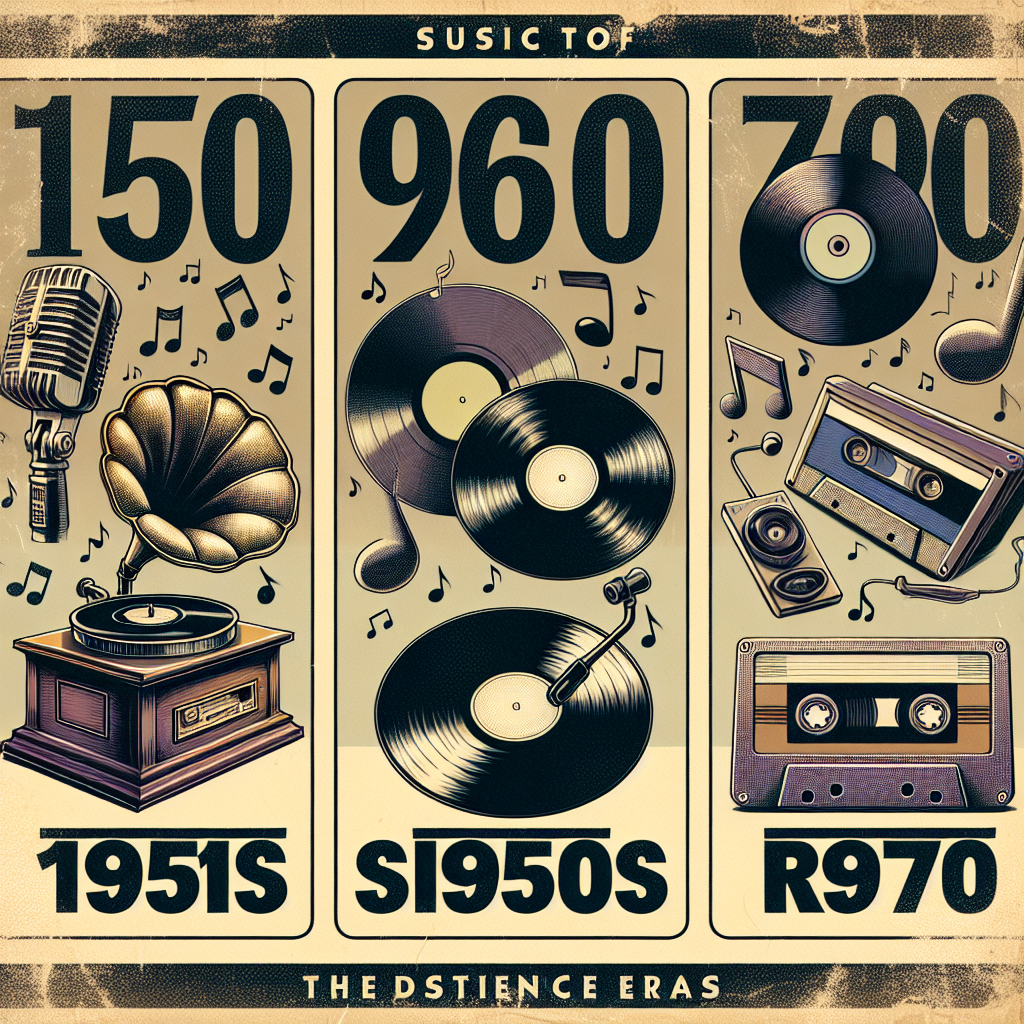Rock ‘n’ roll music has always been a reflection of the times, capturing the essence of each decade it has passed through. From its roots in the 1950s to its peak in the 1970s, rock ‘n’ roll has evolved alongside culture, politics, fashion, and technology.
In the 1950s, rock ‘n’ roll emerged as a rebellious form of music that challenged societal norms and values. With artists like Elvis Presley and Chuck Berry leading the way, rock ‘n’ roll became a symbol of youth culture and rebellion. The music was raw, energetic, and full of passion – a stark contrast to the more polished sounds of previous decades.
As the 1960s rolled around, rock ‘n’ roll began to take on a more psychedelic and experimental tone. Bands like The Beatles and The Rolling Stones pushed the boundaries of what was possible with music, incorporating elements of folk, blues, and even Indian classical music into their sound. The lyrics became more introspective and socially conscious, reflecting the turbulent times of the era.
Politicians often found themselves at odds with rock ‘n’ roll during this time. Songs like Bob Dylan’s “Blowin’ in the Wind” and Creedence Clearwater Revival’s “Fortunate Son” became anthems for anti-war movements and civil rights protests. Rock ‘n’ roll was seen as a powerful tool for social change – something that politicians were not always comfortable with.
But despite this pushback from some corners of society, rock ‘n’ roll continued to thrive in the 1970s. This decade saw the rise of stadium rock bands like Led Zeppelin and Pink Floyd, who brought a new level of grandeur and spectacle to live performances. The music became larger than life – an escape from the troubles of everyday life.
At the same time, fashion played a huge role in shaping the image of rock ‘n’ roll. In the 1950s, artists like Elvis Presley popularized greased-back hair and leather jackets – a look that would become synonymous with rebellion. By the 1960s, bands like The Beatles were influencing trends in everything from hairstyles to clothing choices. And by the 1970s, glam rock bands like David Bowie were pushing gender boundaries with their flamboyant costumes and makeup.
Technology also played a crucial role in shaping the sound of rock ‘n’ roll over these decades. In the 1950s, artists relied on simple recording techniques to capture their music on tape. But by the 1960s and 70s, advancements in studio technology allowed for greater experimentation with sound – from multi-track recording to synthesizers.
Looking back at these decades of rock ‘n’ roll music is truly awe-inspiring. The evolution of this genre mirrors our own evolution as a society – from innocence to rebellion to introspection to grandeur. It reminds us that music is not just something we passively consume; it is something that shapes us in profound ways.
So let’s celebrate the legacy of rock ‘n’ roll – its ability to challenge conventions, inspire change, and bring people together across generations. Let’s remember how this music has shaped our culture, politics, fashion, and technology over the years. And let’s look forward to how it will continue to evolve in exciting new ways in the future.


Get involved!
Comments